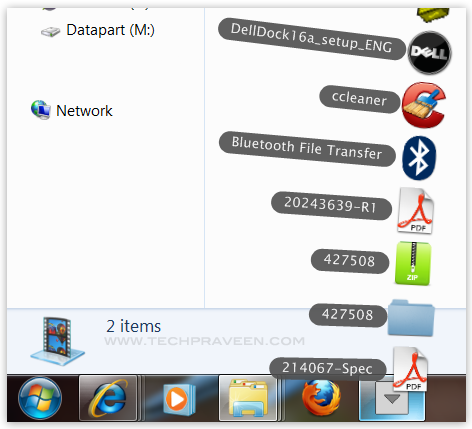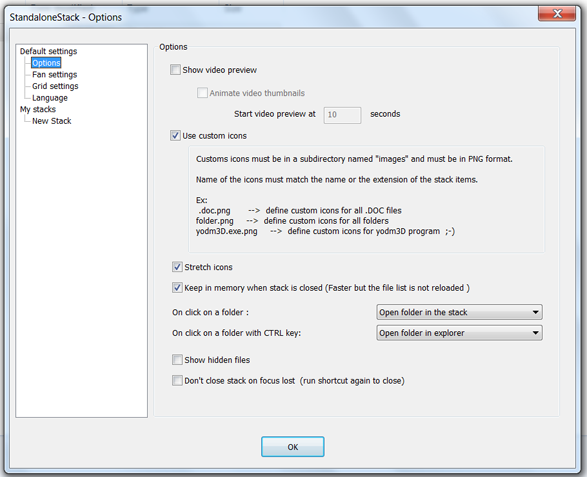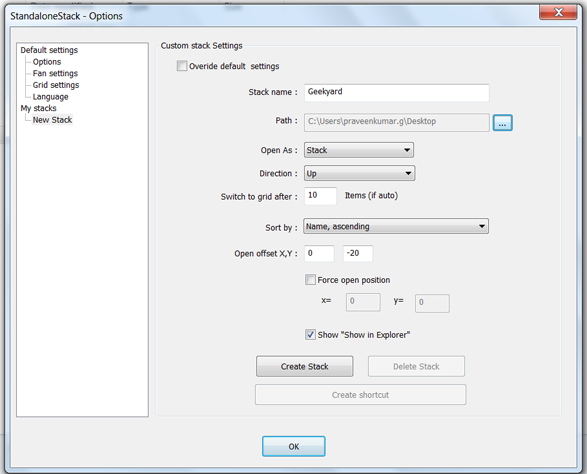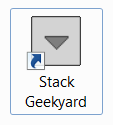Everybody and their dog seems to have a strong opinion about the new
Surface tablet computer Microsoft announced on Monday— the two polar
schools of thought being roughly “iPad killer” vs. Zune the second.
I
don’t think it’s either. The iPad has a tremendous head start and an
extensively established software ecosystem, and it dominates the tablet
space much the same way Windows has PC desktop space for the past two
decades. Even if Surface turns out to be a sales success for Microsoft,
the likelihood of it putting a serious dent in the iPad’s popularity
seems remote.
On the other hand, Surface can’t be dismissed as
easily as some Apple partisans seem to imagine it can. It’s an
attractive product with some nicely innovative features, and it
addresses some of the iPad’s very real shortcomings for content
producers and power users at what will be competitive price points if
speculative projections are accurate, and will appeal to a somewhat
different set of user priorities than Apple’s tablet.

I’ve
been contending for some time that the impact of Microsoft’s strategy
of incorporating both touchscreen (Metro) and traditional desktop
(Windows) OS user interfaces in a single product is being
underestimated, and that its appeal will be a lot stronger to
enterprise, power, and productivity oriented than is evidently being
perceived, especially in the Apple garden. Unfortunately, reportage has
been indicating that in typical Microsoft fashion, execution of Windows
8′s UI ambidexterity has a lot of inelegant angularities, but even so,
the ability to work with standard Windows software on a tablet with a
real keyboard and real x86 CPU power behind it for real multitasking
capability and real user access to the document and folder level file
system will be a powerful attraction to many, as will the inclusion of
standard I/O portage.
I’m anticipating that I’ll be sticking with
my iPad 2 for another year or so yet, but when the time comes to replace
it comes, I’m going to be giving the Surface serious consideration, and
not just automatically opting for an iPad 4 or whatever is current at
the time.
I particularly like Microsoft’s implementation of a
keyboard (with or without a touchpad) in the Surface’s magnetic cover. A
sizeable proportion of iPad users are buying keyboard cases, but
Microsoft’s solution seems admirably elegant and a convincing
alternative to the PC/tablet hybrids that have been popping up lately.
Redmond’s philosophy of course is that the Surface represents the
evolution of the PC and not the Jobsian “post PC,” and proper PCs are
expected to support keyboards. Hopefully mouse input as well, at least
on the Windows side of the OS, and even better, on both. Touchpad
inclusion in the keyboard is an indicator that it may be.
 As Computerworld’s Barbara Krasnoff notes,
As Computerworld’s Barbara Krasnoff notes,
she needs keyboards with her computers because she’s a professional
writer and a touch typist. As a result, until recently, she’s never been
attracted by the idea of a tablet—more precisely until Microsoft
unveiled the Surface on Monday, which she perceives, if Microsoft can
deliver on what’s promised, to be a lightweight system onwhich somebody
who writes can get some real work done, thanks to the cover that doubles
as a keyboard in which you can feel the keys. I think there will be
many like her. Personally, I’m a professional writer, but not a touch
typist, and while I have been getting along a lot better than I had
initially expected with my iPad’s on-screen keyboard, I would prefer to
have the option of using a real keyboard that didn’t involve either
lugging around a freestanding Bluetooth ‘board or using a keyboard case.
Microsoft indeed does seem to have come up with the most minimum
compromise solution I’m aware of.
 Something my friend Dan Knight, publisher of Low End Mac, points out
Something my friend Dan Knight, publisher of Low End Mac, points out
that I hadn’t thought of is that the Surface is used horizontally in
landscape mode in every preview image.However, he says that in his own
observation almost every time he sees someone using an iPad, it’s being
used in portrait mode, noting that even the placement of the webcam and
logo show that Microsoft sees the surface as a landscape device while
Apple views the iPad as primarily a portrait one. Here’s another point
on which I seem to be more sympatico with the philosophy behind the
Surface. The only instances when I’ve used my iPad 2 in portrait mode
over the past year is the rare occurrence of running an app that doesn’t
support landscape mode, and yes, while using the iPad’s camera.
Some
Apple partisans contend that the Surface—with its multiple choice of
user interface and input mode technologies as opposed to the iPad’s
imposed simplicity and purity—proves that Microsoft doesn’t “get” tablet
computing, and that they’ve just come up with a tablet-like netbook or
hybrid computer. Fair enough, but I don’t see having choices in these
matters as a bad thing, and so long as the qualities I like and
appreciate in the iPad don’t get lost by offering choice, and most of
the issues with the iPad that frustrate and drive me nuts are addressed
(which appears to be the case with Surface), then Microsoft’s product
looks pretty attractive as an alternative.

I
have no quarrel with folks who share Apple’s iPad philosophy. For them
it’s a great product. For me it’s a great product with handicaps. I’m
hooked enough that I wouldn’t want to be without a tablet. I use mine a
lot, and there are many things I love about it. Hopefully iOS 6 will fix
some of the stuff I don’t love. But the Surface looks as if it may be a
better solution for what I would like to be able to do with a tablet
but have thus far been thwarted by the iPad’s limitations, provided it
can retain the iPad’s advantages. We’ll have to see once real world
examples of the Surface can be experienced in hand.
The Surface
tablet PC has a 10.6-inch non-Retina (which suits me fine) 16:9 aspect
ratio (the industry standard for HD) Gorilla Glass 2.0 display and two
cameras. At 0.36″ (9.3 mm) thick and weighing just under 1.54 lb. (676
g), it’s slightly thicker and significantly heavier than the new iPad.
The
consumer model Surface reportedly is powered by a quad-core 1.4 GHz
Nvidia Tegra 3+ ARM CPU with integrated Nvidia GeForce graphics, and
will come in 32 GB and 64 GB flash/SSD storage memory configurations
plus a microSD card slot, and (hooray!) also has a full-sized USB 2.0
port. It will run Windows RT, the ARM variant of Windows 8, and prices
are projected to be in the neighbourhood of $599 for the 32 GB model and
$699 with 64 GB.
The pro model Surface that interests me most
will be powered by an Intel Core i5 CPU and include 64 GB or 128 GB of
flash storage memory and run the full x86 version of Windows 8 Pro. It
will be thicker yet at 0.53″ (13.5 mm) and weighs 1.99 lb. (903 g) which
definitely puts it in netbook territory poundage wise, and not that
much lighter than an 11-inch MacBook Air (2.38 pounds (1.08 kg). It gets
an even better array of I/O ports, including USB 3 and a Mini
DisplayPort, plus a micro SDCX card slot and a 2×2 MIMO antenna.
No
word on battery life as yet, and it will be interesting to see how that
plays out. The Pro model Surface especially sounds like it will be a
battery eater, but at least it won’t have to support a Retina display.
Microsoft
says the Surface’s enclosure is made using a technique called VaporMg
(pronounced Vapor-Mag), which Microsoft says is a combination of
material selection and process to mold metal and deposit particles that
creates a finish akin to a luxury watch. Starting with magnesium, parts
can be molded as thin as .65 mm (thinner than the typical credit card)
to create a product that is thin, light, rigid, and strong. VaporMg
construction also enables a built-in kickstand that’s instantly
available when needed, but disappears when not in use.

Surface
is expected to…uh…surface in consumer space in the fall along with
Windows 8. Retail pricing will be announced closer to availability and
is expected to be competitive with a comparable ARM tablet or Intel
Ultrabook-class PC. OEMs will have cost and feature parity on Windows 8
and Windows RT.




























